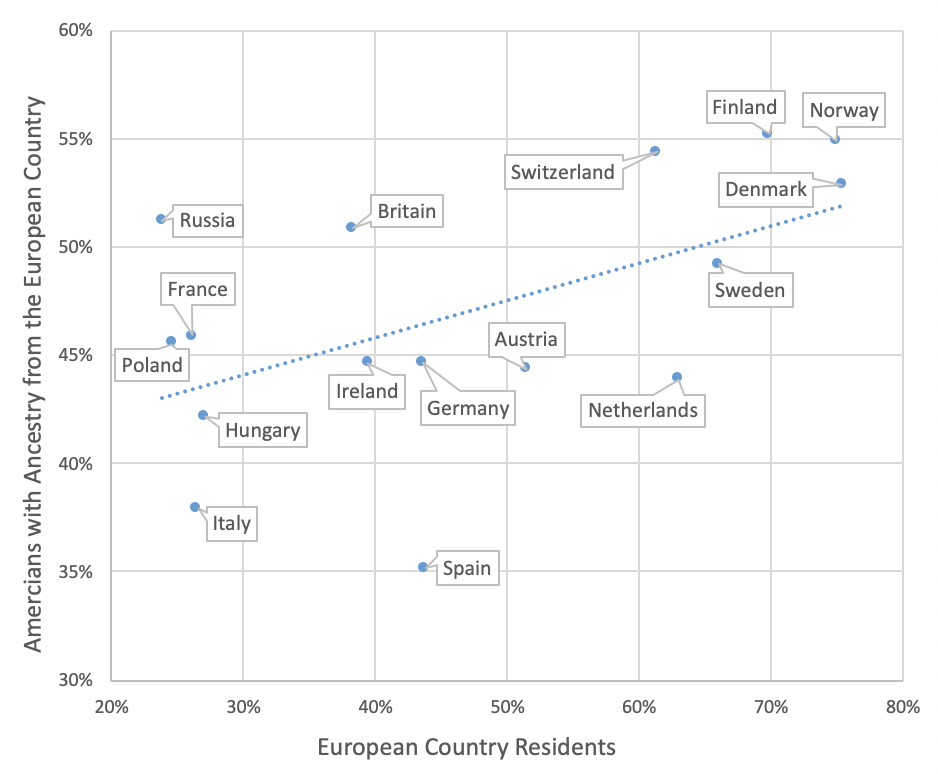A Peek Inside the Spring 2023 Edition of the AILA Law Journal
Immigration law’s complexities and nuances mean many of us as practitioners feel like we are on the cutting edge every day, exploring new frontiers and developments in immigration law and policy as we seek to serve our clients and promote justice. The Spring 2023 edition of the AILA Law Journal looks to those outer edges and offers insights from current leading experts, as well as next-generation leaders.
Two business immigration-focused pieces are “on trend” for practitioners who represent remote workers. As remote work is now entrenched even in a post-Covid world, the rules have yet to keep up. Past AILA President William Stock’s “Getting ‘Worksite’ Right for Home Office Based H-1B and LCA Compliance: Solving the Problem of the Employee-Initiated Transfer of Location” discusses the unique and yet-to-be-resolved challenges of ensuring compliance when H-1B workers work out of their homes. Excluding the home as a worksite would make it far simpler for employers who would not need to file amendments each time a worker moves from one location to another as well as comply with different prevailing wages applicable to each home location and the obligation to provide notification of the move.
What about PERM though? Further complexities are investigated in Eddie Corona and Da’Niel Rowan’s “PERM Labor Certification: The PERM Process in the New Age of Remote Work.” The piece shows that work-from-home arrangements in the labor certification context present different challenges. Not only does the article cover a lot of background, but the writers also include PERM legal strategy insights and possible solutions for the practitioner representing the employer and remote worker in the labor certification process. Although this article was already in the press when the Department of Labor revised its forms, the authors will publish a sequel to cover the new forms and analyze whether they better deal with work from home arrangements.
Shifting to another area of immigration law entirely, Madeline Cox-Guerra’s “Split-Up: Is the Reasoning Behind the State Court Divide on “One-Parent” Interpretations of SIJ Status Correlated with Statutory Biases Against Single Parents, Immigrants, or Neither?” digs into how states interpret a federal statute that grants Special Immigrant Juvenile status. The statute requires children to have been removed from either “1 or both” parents to qualify for SIJ status. A few states argue that, despite the plain language of the statute, the purpose of the statute requires a child to be removed from the custody of both their parents to meet the SIJ status requirements. The article insightfully points out that states that apply a two-parent interpretation are also more likely to have statutes that limit custody rights for single parents, and statutes that disadvantage immigrants. Being up to speed on how different states’ laws and policies can impact these extremely vulnerable young people is absolutely imperative.
Evan Patton’s “Towards a Pragmatic Solution for Climate Refugees Under Environmental, Human Rights, and Immigration Regimes” has a worldwide view on an issue affecting every corner of the world. The piece explores legal regimes that may provide protection to climate refugees and the barriers to immigration “climate refugees” can face compared to traditional “refugees” and offers much food for thought as we all face the future. It also proposes a protocol for welcoming climate refugees in the US.
Finally, Christopher Boom’s Taking the “Consequences Under Section 240(b)(5) of Failing to Appear at Removal Proceedings Seriously: The Immigration and Nationality Act’s Lost Appellate Rights Warnings” explores whether failure to warn noncitizens in removal proceedings about their limited appellate rights if they do not appear may provide a possible opening to challenge these notices as defective based on the Supreme Court holdings in Pereira v. Sessions and Niz-Chavez v. Garland. This is another thought-provoking article that demonstrates the intricacies and complexities of immigration law.
As all of you hopefully now head to aila.org and download your (FREE to AILA members) digital copy of the journal today to read one or more of these articles in full, I’ll leave you with this thought: the AILA Law Journal is unique. A single issue covers a broad array of high-quality thought-provoking articles. We seek to publish articles that could potentially change law and policy, while still providing the practice resources that help immigration practitioners in their daily work.
Please also consider submitting an article if you have something important to say as you too can advance the practice of immigration law through a published article in the AILA Law Journal!






